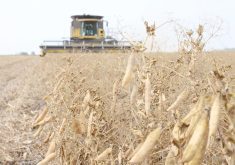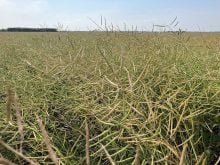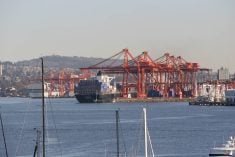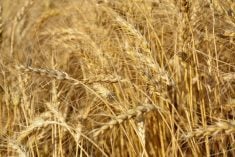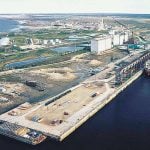It was a discouraging sound on the ranges of the southern Alberta foothills this summer.
Instead of contented munching on crisp, fresh grass, ranchers heard something else.
“When you’re listening to the cows eat, it sounded like they were eating corn flakes,” said rancher Norm Ward of Granum.
As an intensive grazer, Ward considers his situation to be better than most. By moving his cattle through a system of 46 paddocks on the native range, he stockpiled enough forage to feed his cows until January or February.
Read Also
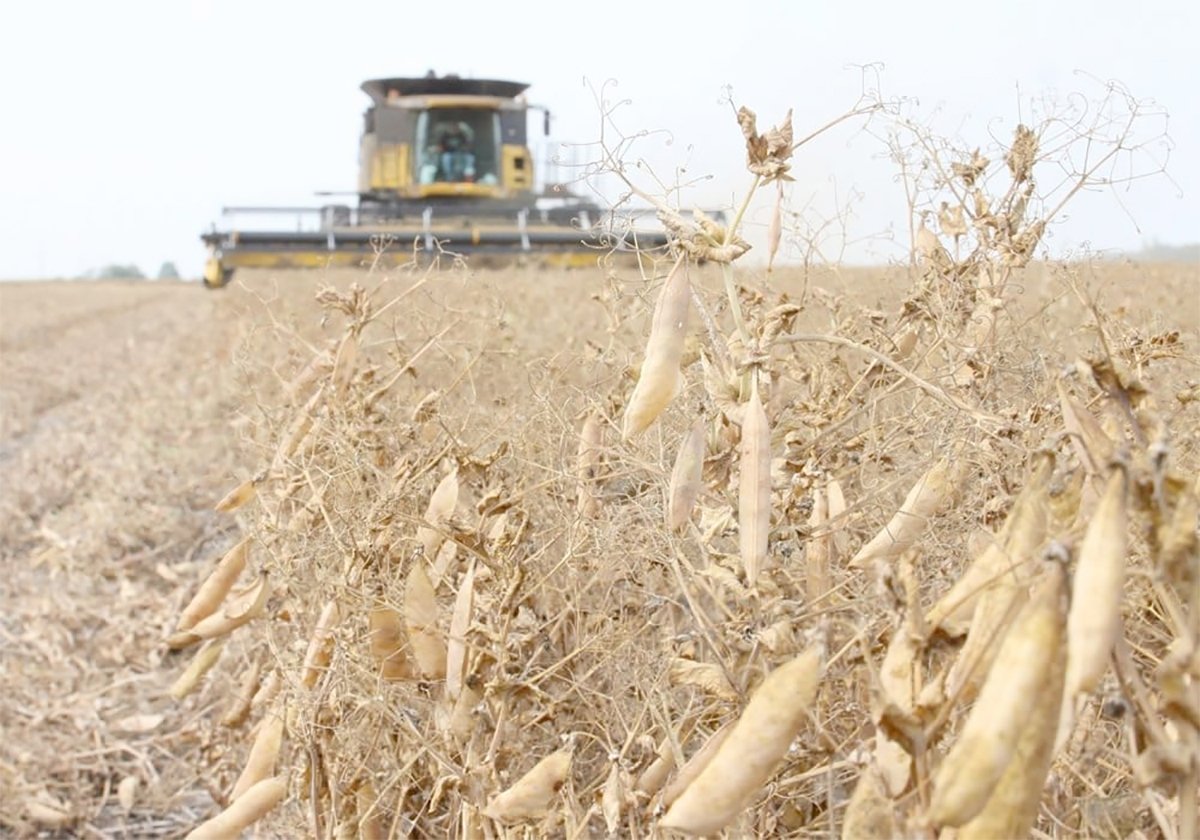
Chinese, Indian tariffs take toll on pea prices
The disruption of pea exports from Canada’s largest customers will likely result in slow pea exports for the remainder of the crop year.
“We’re pretty lucky. The guys who didn’t have good grass management have been feeding since Aug. 1.”
With hay quoted at $100 to $125 per ton, ranchers in the drought zone made plans early this summer to survive a tough winter and put off buying feed as long as possible. That included more culling than usual.
“In April we sold the yearling steers and heifers that we normally would have put out on grass,” Ward said.
They sold cows this summer to reduce num-bers and match the amount of grass available. Calves were weaned early, in mid-September, to give the cows some relief as they head into winter.
“The really good cattle market is holding us,” he said.
Water shortages were also a challenge and Ward has been pumping from wells since May 15.
The water shortage took its toll. Cows probably lost a condition score. When there is less water to drink, they eat less forage and the weight comes off.
Hurts pocketbook
Bill Cross of Nanton, Alta., moved grass yearlings to Cochrane, west of Calgary, in the spring. Then he was forced to take some cows from the herd during the summer. For those living entirely off their cows, removing a part of the calf factory is an economic blow.
However, Cross said water shortages were a greater problem than inadequate grass supplies.
While most areas received up to 50 millimetres of rain recently, many are still in dire straits. A dry, open winter could spell disaster.
“Next year will tell the story. We need a decent winter and good rain before freezeup,” Cross said.


